As your mobile device ages, its battery capacity usually decreases. This is associated not only with a worse experience of using the phone, when it does not last even a single day, but also with decreasing performance, because the battery is unable to supply the device with the necessary juice. Then there are random shutdowns, even when the indicator shows even tens of percent of charge, which happens especially in the winter months. However, we are mostly responsible for everything ourselves.
Our own claims
There are several reasons for battery wear, the most basic of which is, of course, the use of the device itself. This cannot be completely avoided, because otherwise you will not use the potential of your device as you want. It is primarily about setting a pleasant and often high brightness of the display (prefer to use automatic brightness), or the number of running applications. But when you need to use them, there's not much you can do about it other than to terminate them, which you don't always want to do. However, if you charge your device overnight, i.e. at a time when you do not need running applications, close all of them.
You could be interested in
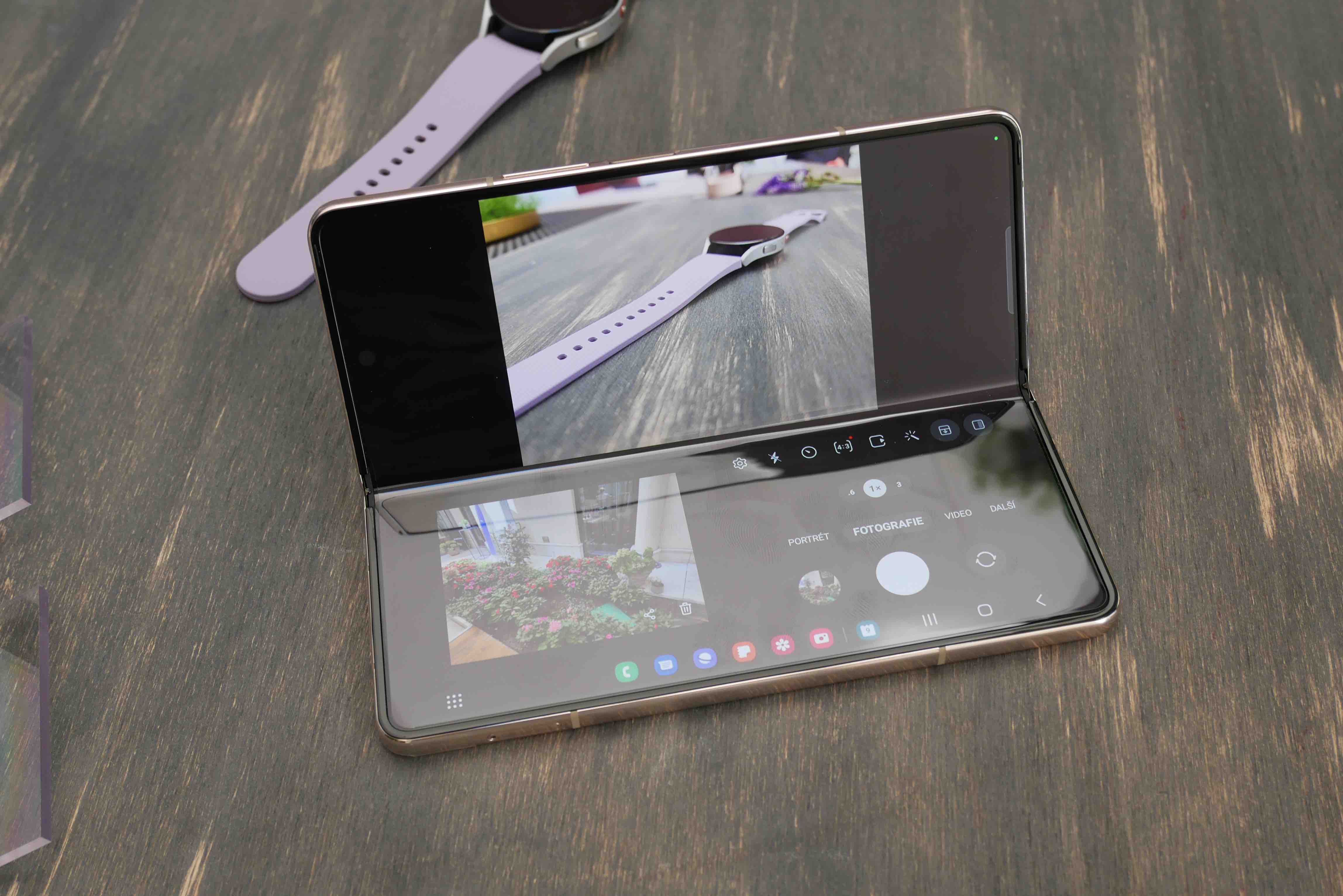
Night charging
The mentioned night charging is not quite good either. Having the phone plugged into a charger for 8 hours means it can overcharge unnecessarily, even though the software tries to prevent this from happening. It is useful to turn on functions such as Adaptive battery or as the case may be Protect the battery, which will limit the maximum charge to 85%. Of course, with the fact that you have to deal with the missing 15% of capacity.
Charging in extreme temperatures
It may not happen to you at first, but the worst thing is to charge your phone in the car at the same time as you navigate, when the temperatures outside are summer. After all, it's the same with normal charging, when you just put the phone in a given place, where the sun will start to burn after a while, and you won't notice it. Since the phone also naturally heats up while charging, this external heat definitely does not add to it. In addition, high temperatures can irreversibly damage the battery, or take a bite out of its maximum capacity. During subsequent recharging, it will no longer reach the same values as before. So ideally charge your devices at room temperature and out of direct sunlight.
Using fast chargers
It is a current trend, especially among Chinese manufacturers, who are trying to push mobile phone charging speeds to extremes. Apple is the biggest can in this regard, Samsung is right behind it. Both of them do not experiment too much with charging speeds and they also know why they do so. It is fast charging that has an adverse effect on the battery. Companies usually limit it themselves after a certain percentage of charge, so it cannot be said that fast charging, even if the manufacturer states it, takes place from zero to 100%. As the charge percentage increases, the charging speeds also slow down. If you are not pressed for time and do not need to push as much battery capacity as possible in the shortest possible time, use a regular adapter no more powerful than 20W and rather ignore the fast charging options. The device will thank you with a longer battery life.
You could be interested in
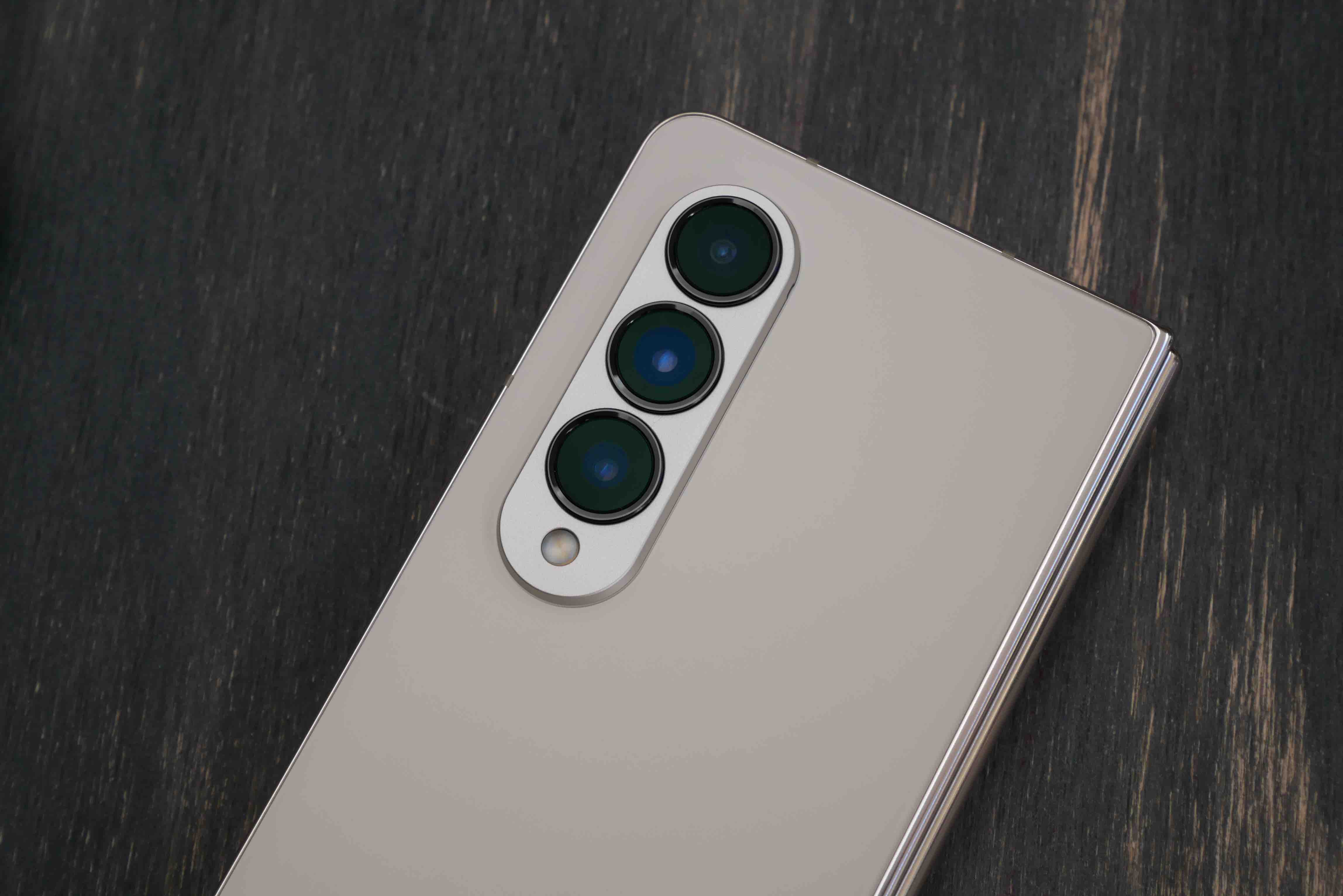
Wireless chargers
Placing your device on the charging pad is convenient because you don't have to hit the connectors, and it doesn't matter if you own iPhone, telephone Galaxy, Pixel or any other that allows wireless charging but uses a different connector for example. But this charging is very inefficient. The device heats up unnecessarily, and there are big losses. In the summer months, it is all the more painful, as the temperature of the device rises all the more with the warm ambient air.

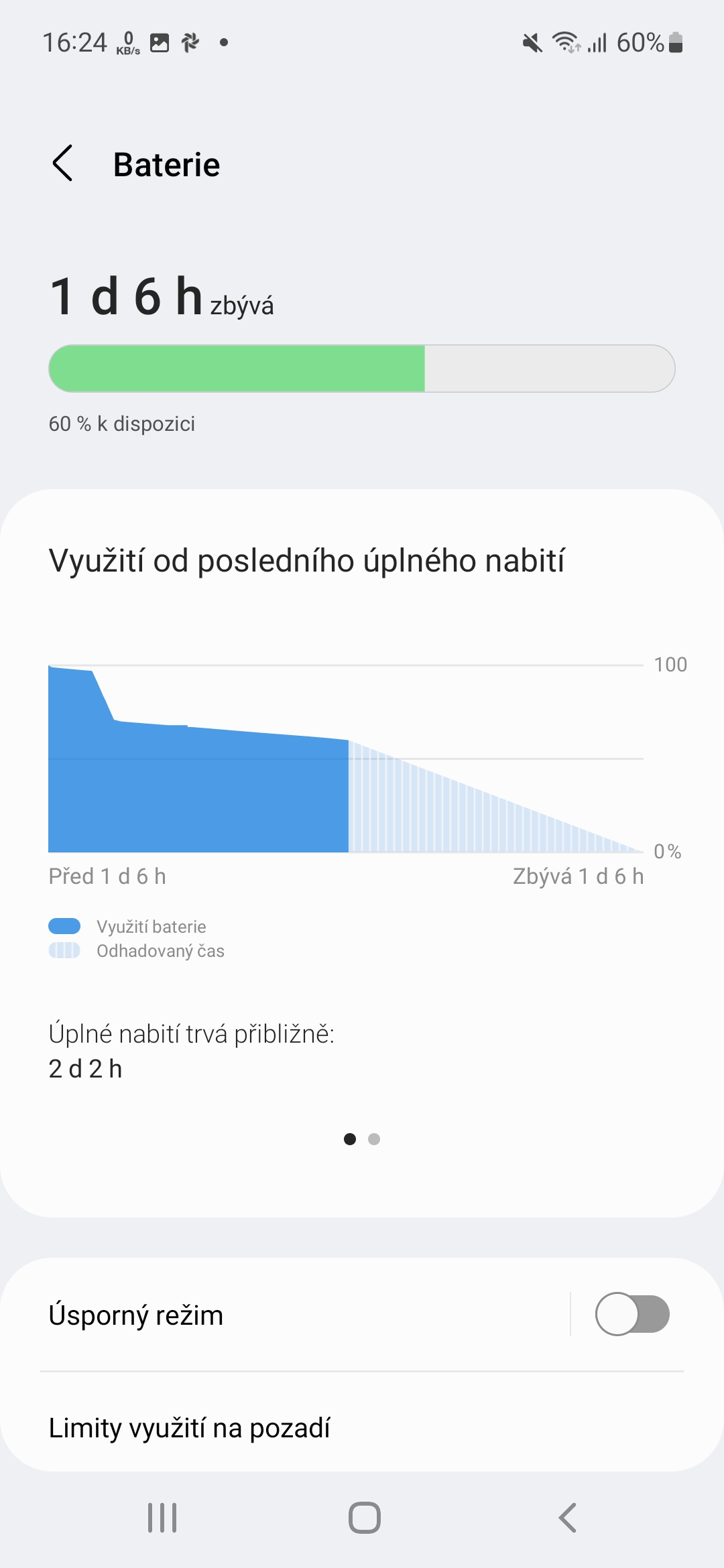
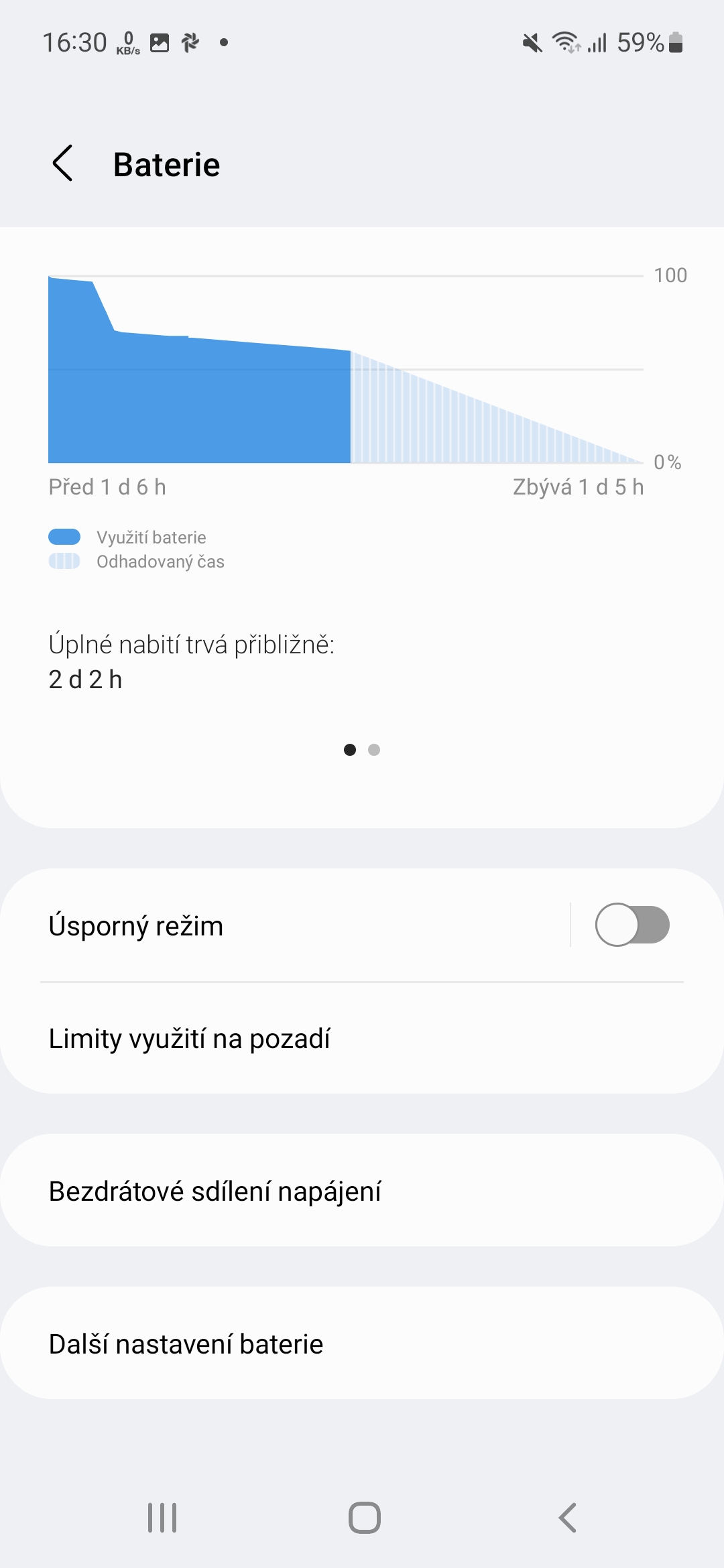

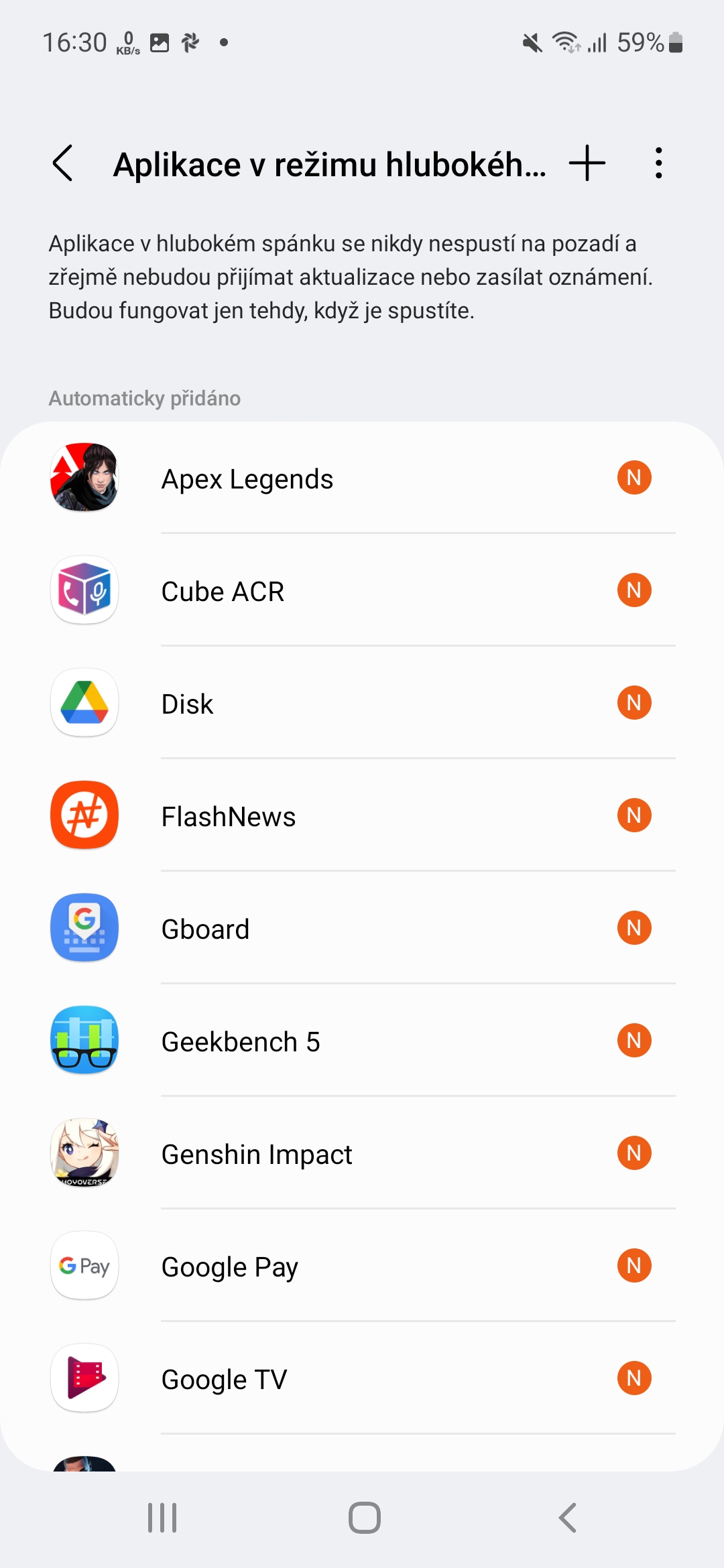
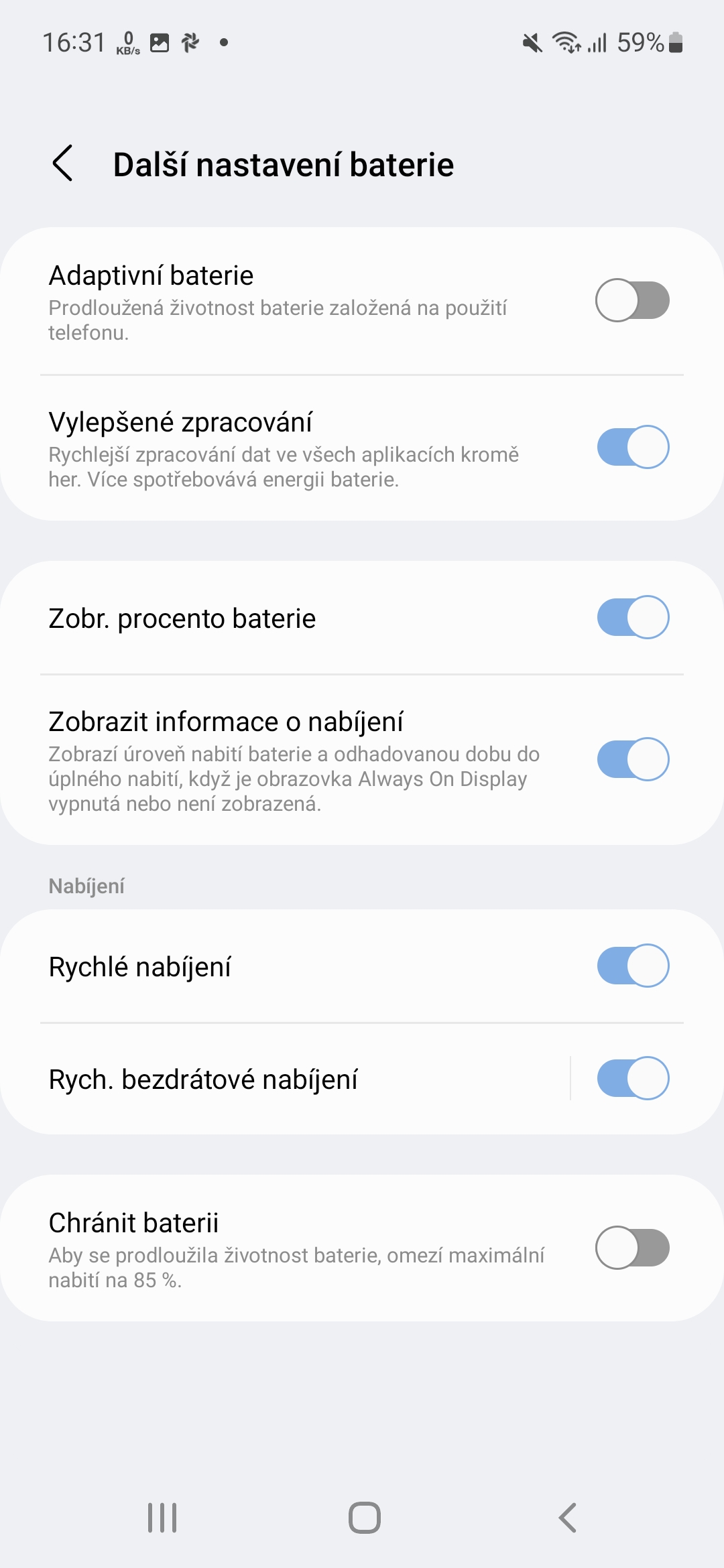
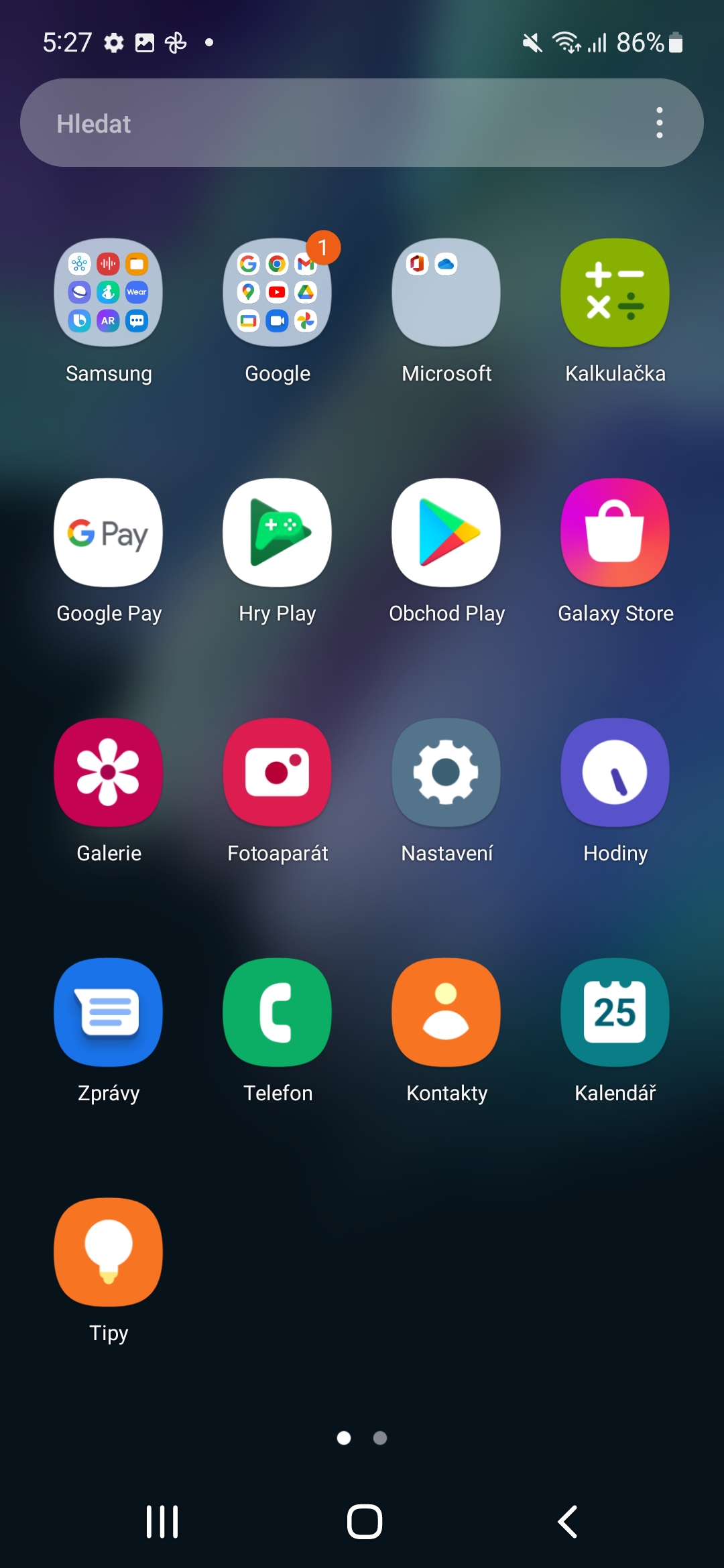
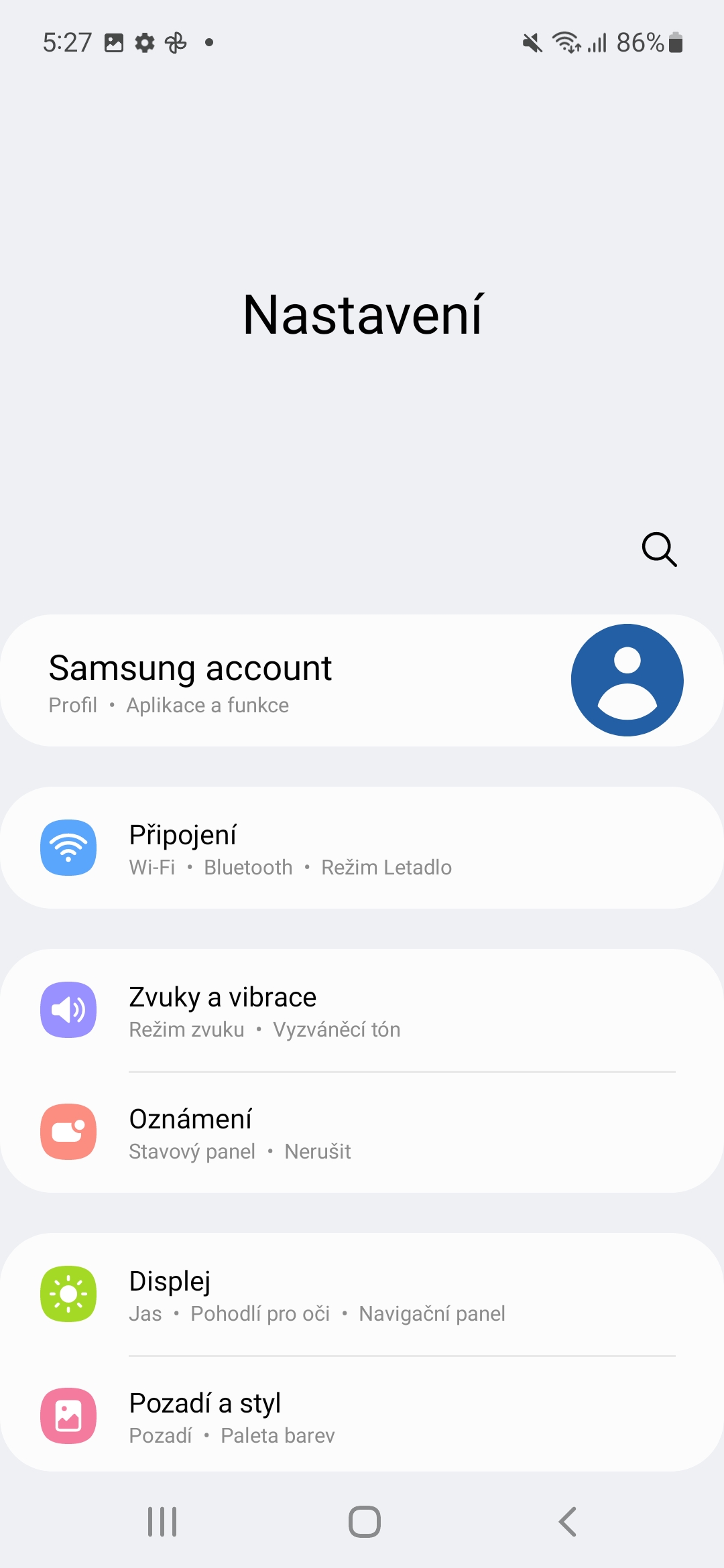







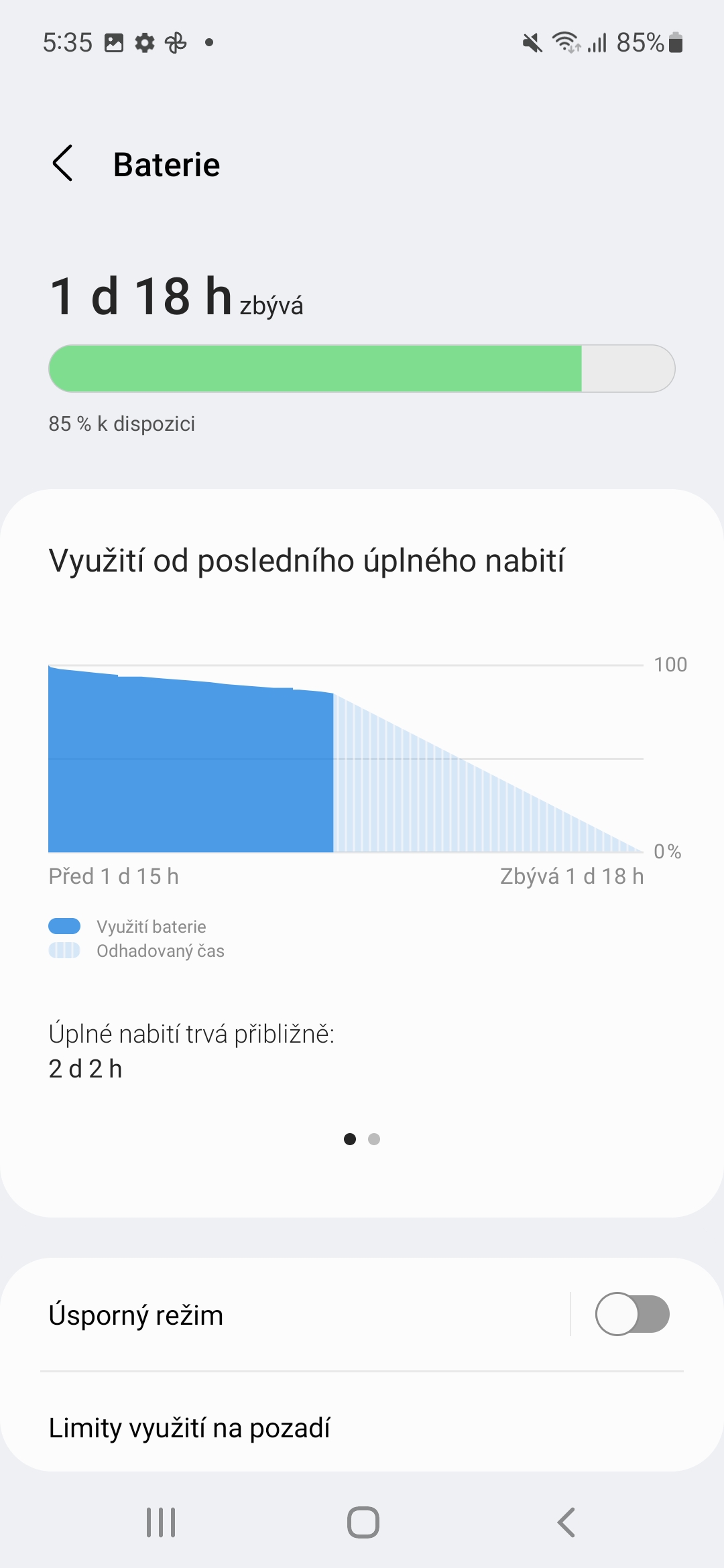
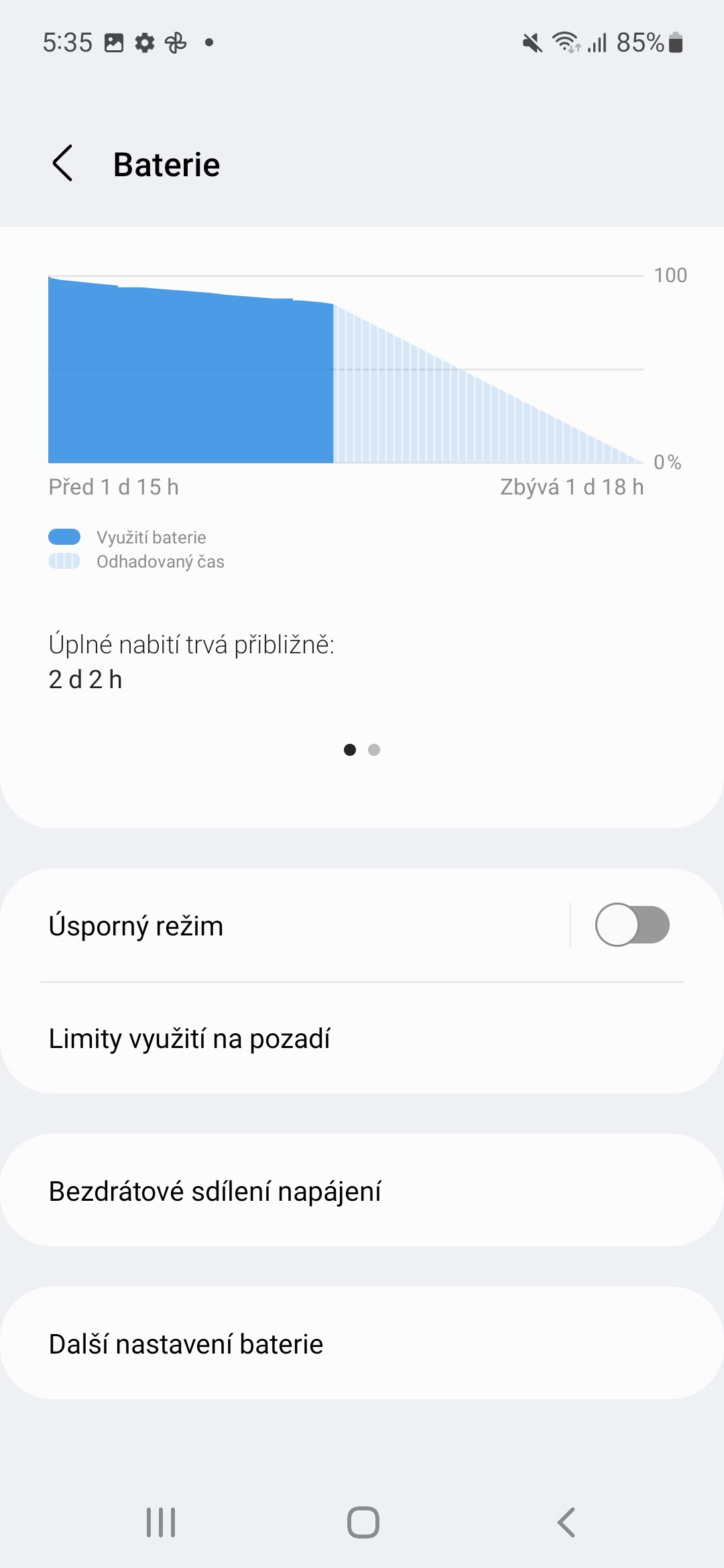
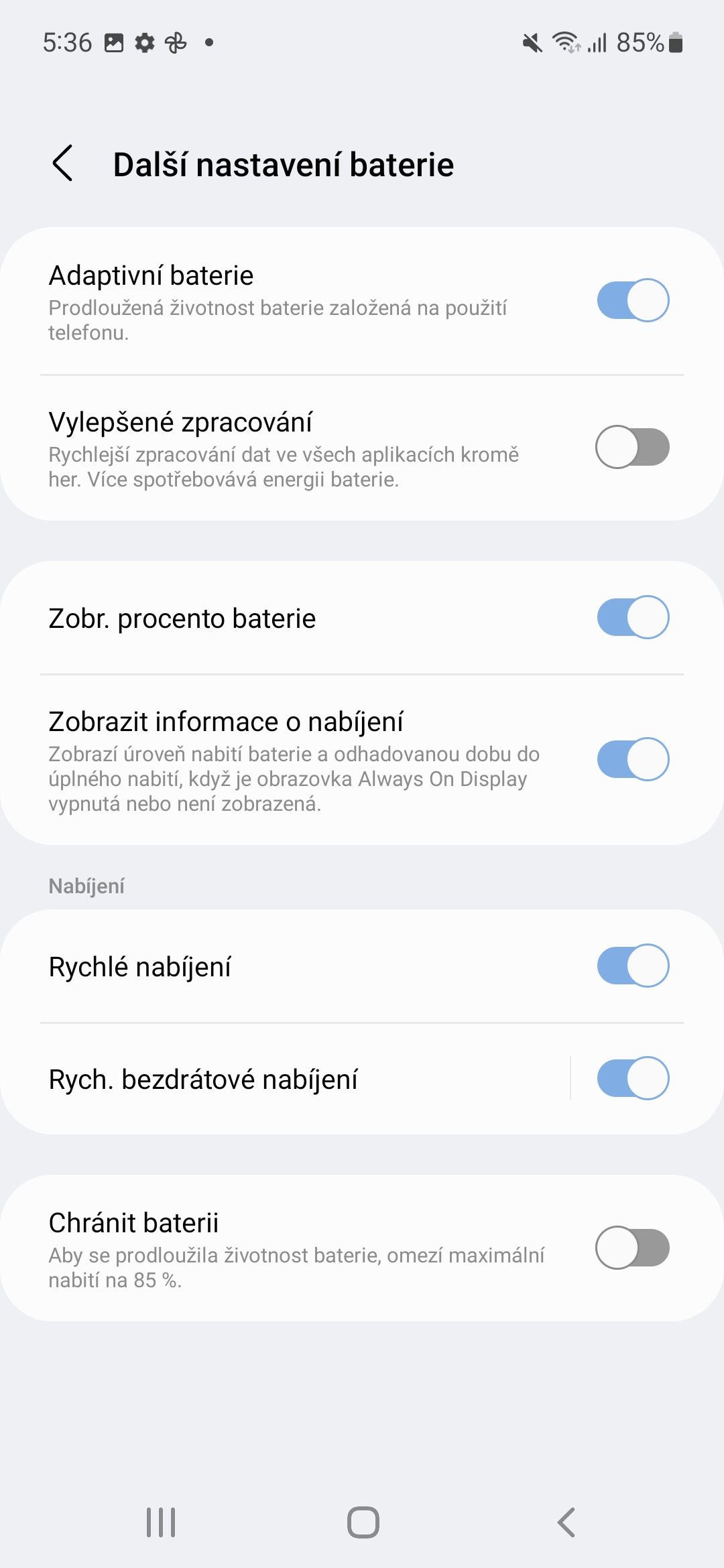









Oh no …
Overcharging? Are you serious? I didn't even read it further…
👌
I didn't even read there. I stopped at shutting down apps…
Well, I'm glad I don't have to charge my phone in the car in high summer temperatures.
But when I deliver food in a car around Prague, I have no choice but to start reporting that my phone is almost out of power 😱😖😖.
In this case, I would definitely have a good old push button with a mini display as a work phone. For example, my more than ten-year-old Nokia E5 lasts even today for more than a week (once even over a month, if I only used it for calls), even with many applications running in the background (actually running).
Does the Nokia E5 have navigation? Don't you know that you need navigation for delivery? An old push-button with a mini-display? I would recommend going to the doctor about it, but it will be too late for you anyway.
OMG… Some people get paid for this too 👎
Overcharged phone? Probably not. If the author is not the type of person who thinks that a more powerful charger than the original will destroy the phone immediately...
👌
I change my phone about every 1.5 years and I don't worry about charging it. I bought the phone with a bigger battery so that it would last, and charging it to 80 percent would be a bit illogical if it would last 20 percent less. I have completely different functions and applications so that it doesn't drain unnecessarily, and I can't do the same thing with it. I use a slow charger because I have a samsung a53 and I think they all write 1.20 after connecting and it doesn't matter if the charger is slow or fast. I also think that the faster I charge, the more it will damage the battery.
🙈 this was written by a person who gets paid to destroy your phone battery